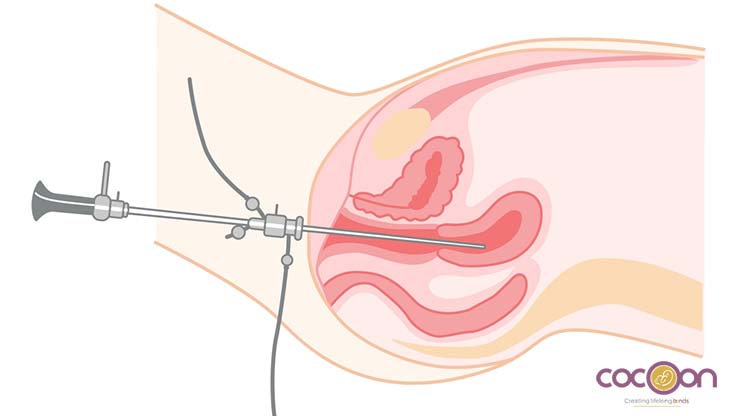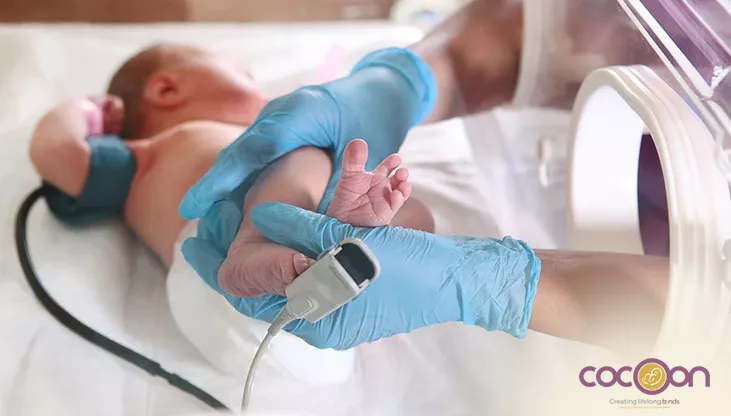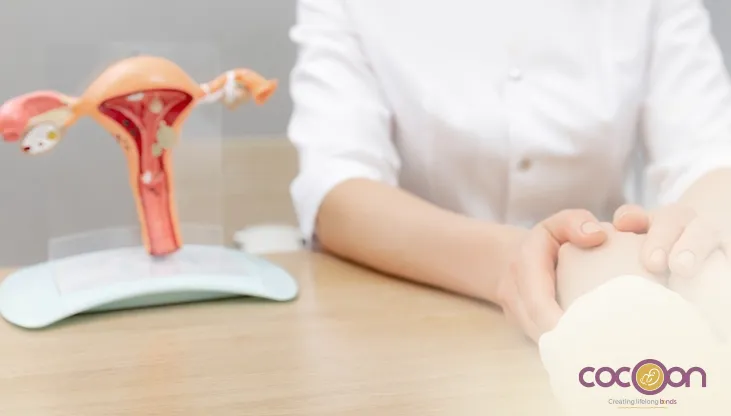Introduction
Fibroids are benign, but very prevalent growths that occur inside or around the uterus. Many women are unaware of their presence until they start creating issues such as excessive bleeding, discomfort, or infertility. That's when physicians begin talking about treatment. Between those, myomectomy and hysterectomy are the most frequent surgeries. But which one is right for you?
Understanding Fibroids and Why Treatment Is Needed?
Fibroids range in size—from as tiny as a seed to as big as a melon. Some women have one, while others have many. Although fibroids are not cancerous, they can significantly affect your quality of life. Heavy bleeding, frequent urination, bloating, lower back pain, and even infertility are some of the issues they cause.
Your doctor will suggest surgery when symptoms become uncontrollable or other interventions such as medicines fail. It's at this point that the discussion is diverted to myomectomy or hysterectomy.
What Is a Myomectomy?
Myomectomy is a surgical operation to eliminate fibroids without removing the uterus. It's suitable for women who still wish to give birth or who would rather retain their uterus for psychological or emotional reasons. This procedure exists in several different varieties, depending on how big and where your fibroids are. If the fibroids are accessible and not extremely large, physicians may perform a laparoscopic myomectomy, which is performed by making tiny incisions in the belly.
A little camera assists the surgeon in removing the fibroids without making big cuts. For fibroids within the uterus, a hysteroscopic myomectomy is employed. This is performed via the vagina and cervix, so no cuts are made outside. In certain complicated cases where fibroids are too big or too many, an abdominal myomectomy may be required, which requires a larger cut.
Why Do Some Women Prefer Myomectomy?
The largest benefit of a myomectomy is that it leaves the uterus intact. For women who wish to become pregnant, this is essential. Even for women who do not wish to become pregnant, maintaining the uterus might feel significant on an emotional or hormonal level. Because the ovaries are left intact, your body continues to produce natural hormones, and your menstrual cycle generally returns after recovery. That being said, it's worth noting that fibroids can recur. Particularly in younger women, the risk of recurrence is greater. Nevertheless, many women report that a myomectomy gives them years of relief and restores their fertility.
Recovery After a Myomectomy
Recovery time varies based on the type of surgery. Laparoscopic myomectomy generally has a quicker recovery time—most women get back to their routine in about 2 to 4 weeks. If you’ve had an open abdominal myomectomy, it may take 6 to 8 weeks. During recovery, rest is very important. You’ll need to avoid heavy lifting, bending, or intense physical activity. Light walking helps your body heal and prevents complications like blood clots. Eating fiber-rich foods and drinking enough water can help avoid constipation, a common issue after abdominal surgery.
What Is a Hysterectomy?
A hysterectomy is the surgical removal of the uterus. In some cases, the ovaries and fallopian tubes are also removed. Once this surgery is done, you’ll no longer have periods or the ability to get pregnant. It may sound scary, but for many women, it offers a permanent solution to painful, recurring fibroids. If you’ve tried other treatments and the fibroids keep coming back, or if they’re too large to manage with a myomectomy, a hysterectomy might be your best option.
Types of Hysterectomy
There are different kinds of hysterectomy, and your doctor will suggest the best one based on your medical condition.
1. Total Hysterectomy
- Removes uterus and cervix
- Most common type
2. Partial Hysterectomy
- Removes only the uterus
- Cervix is left in place
3. Radical Hysterectomy
- Removes uterus, cervix, parts of the vagina, and nearby tissues
- Usually done when cancer is involved
Why Is Hysterectomy a Good Choice?
Hysterectomy is a one-time solution for fibroids. After the uterus is removed, fibroids cannot recur. For women with persistent heavy bleeding, pain, or pressure, this can be a game-changer. It’s also a preferred option if you’re nearing menopause or have already completed your family. Some women, especially those who’ve had multiple fibroid recurrences, choose hysterectomy for peace of mind.
Recovery After Hysterectomy
Hysterectomy is a major surgery, and recovery takes time. Depending on if you had a laparoscopic or vaginal hysterectomy or an abdominal hysterectomy, it may take you 3 to 4 weeks or 6 to 8 weeks to recover. After surgery, you’ll need to rest, avoid heavy work, and take care of your incision site. Your doctor may advise avoiding sexual intercourse and swimming for a few weeks. Pain, fatigue, and emotional ups and downs are common, so don’t hesitate to talk to your doctor if you’re struggling.
Comparing Myomectomy and Hysterectomy?
When deciding between these two options, you’re not just choosing a surgery—you’re making a decision about your body, your future, and sometimes your emotions. While both are safe and effective, they serve different purposes.
| Feature | Myomectomy | Hysterectomy |
|---|---|---|
| Uterus Removal | No | Yes |
| Pregnancy is Possible? | Yes | No |
| Fibroid Return | Possible | No |
| Menstrual Periods | Continue | Stop permanently |
| Recovery Time | Shorter (usually) | Longer (depending on type) |
| Suitable for Younger Women? | Yes, especially if family planning is incomplete | Only if childbearing is not a concern |
| Cancer Treatment? | No | Yes, if related to uterine/cervical cancer |
| Emotional Impact | May be lighter | Can be emotional for some |
How to Choose Between Myomectomy and Hysterectomy
| Factor | Choose Myomectomy | Choose Hysterectomy |
|---|---|---|
| Uterus Preservation | You want to keep your uterus | You are okay with removing your uterus |
| Future Pregnancy | You plan to have children or want the option | You are done with childbearing |
| Fibroid Size & Number | You have a small or moderate number of fibroids | Fibroids are very large, numerous, or keep coming back |
| Age | You are younger and want a less permanent solution | You are older or close to menopause |
| Other Health Conditions | No major additional conditions | You have conditions like severe endometriosis, adenomyosis, or uterine cancer |
| Recovery and Hormones | Shorter recovery and natural hormones remain (no menopause unless ovaries are removed) | May cause early menopause if ovaries are removed (unless ovaries are preserved) |
| Treatment Goal | You want symptom relief but are open to future treatments if fibroids return | You want a permanent, one-time solution |
| Tried Other Treatments | You haven’t tried surgery yet or medications have helped a bit | Other treatments haven’t worked or symptoms are severe and chronic |
Are There Non-Surgical Options?
They do work, yes, but not for everyone. Fibroids can be reduced in size for a time by taking medicine that alters hormones, but symptoms typically return when the medication is stopped. Other treatments like Uterine Fibroid Embolization (UFE) and MRI-guided focused ultrasound are options in some cases. These might postpone surgery or prevent it altogether if the fibroids are small and symptoms can be tolerated. But when symptoms are severe or fertility is a concern, surgery usually becomes necessary.
Conclusion
If you’re facing the decision between myomectomy and hysterectomy, take your time, ask questions, and understand your own priorities. Talk to your doctor openly about your symptoms, family planning goals, and fears. Surgery is a serious move, but it's also a chance to take back charge of your body and your health. Whatever you choose to do with your uterus, remember that relief is a possibility—and so are options. You are entitled to lead a life without pain, anxiety, and constraint. And with the right course of treatment, that life is fully in your reach.

















